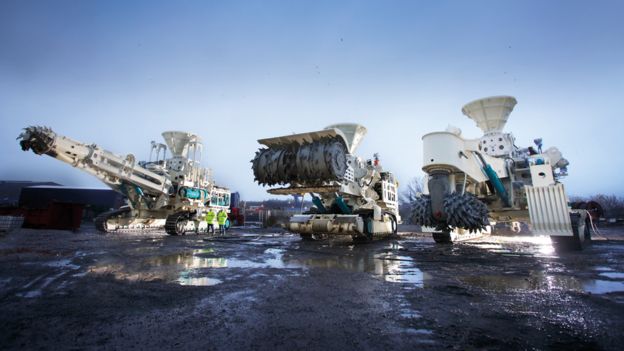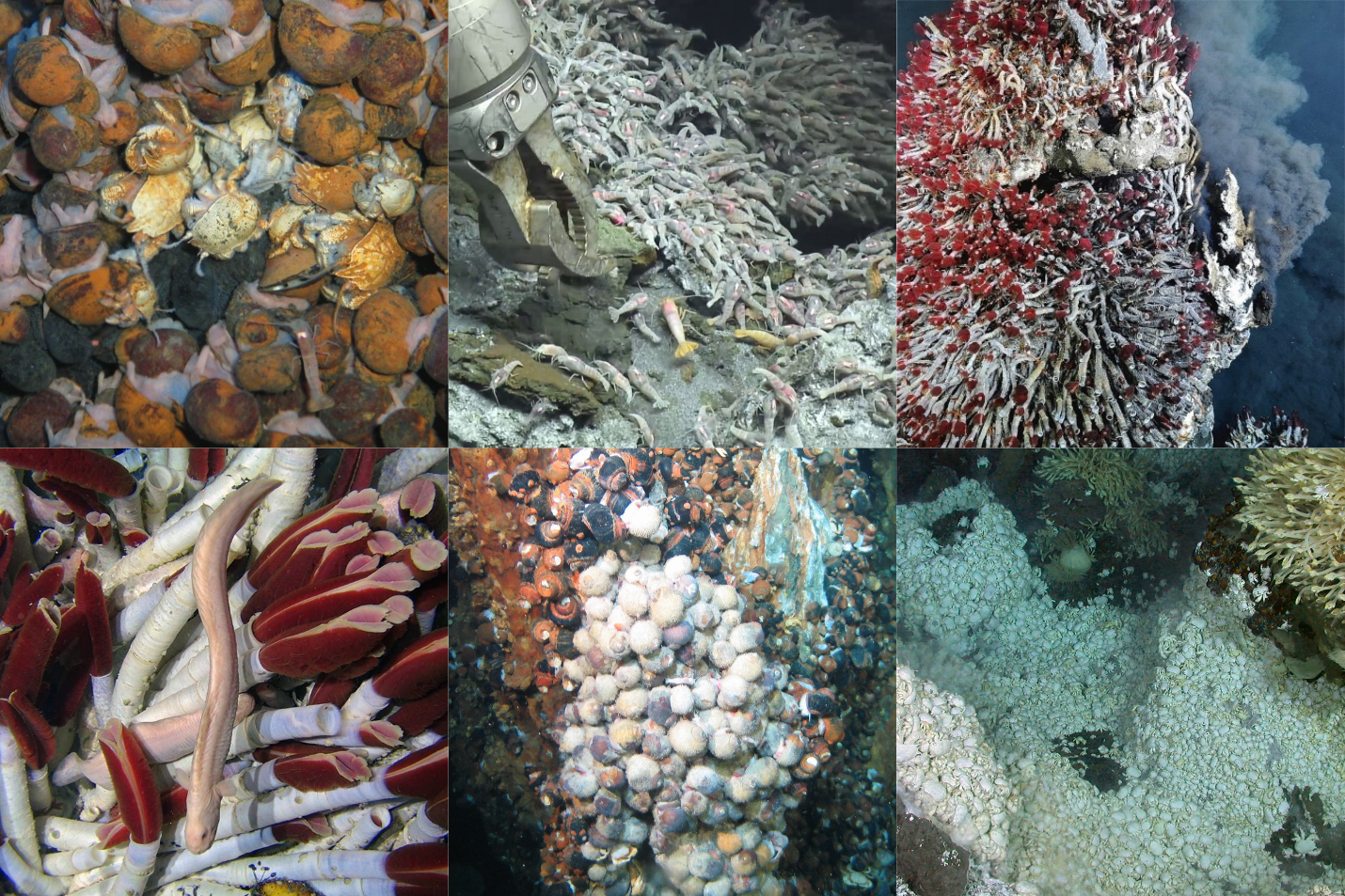Amy Maxmen | 21 September 2018
Deep in the eastern central Pacific Ocean, on a stretch of sea floor nearly as big as the continental United States, researchers are discovering species faster than they can name them. And they are exploring newfound fossil beds of whales that lived up to 16 million years ago.
The findings — many reported for the first time last week at the Deep-Sea Biology Symposium in Monterey, California — have come as a shock. Some scientists had thought these vast underwater plains, 4,000–5,500 metres below the ocean surface, were relatively lifeless. But that is changing just as nations and corporations prepare to mine this patch of the Pacific sea bed for cobalt, manganese and other elements for use in technologies such as smartphones and electric cars.
Read the full article here: Discovery of vibrant deep-sea life prompts new worries over seabed mining






